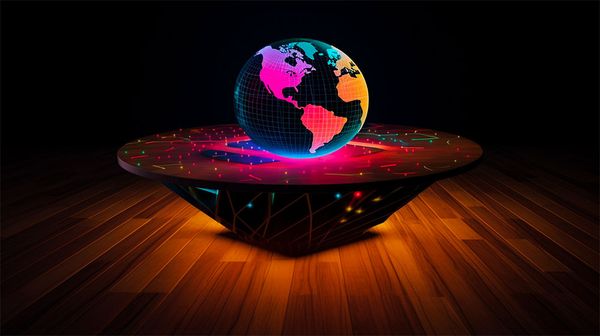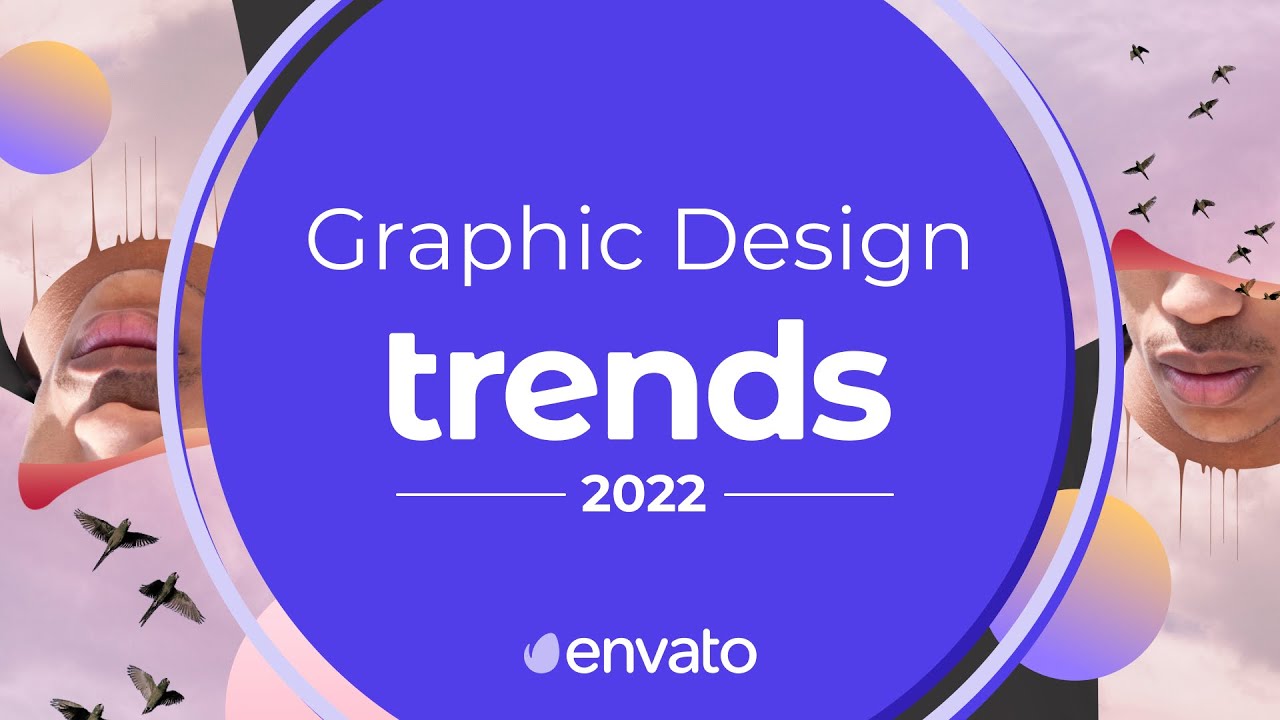The Evolving Landscape Of Iconography: Anticipating Future Design Trends
The Evolving Landscape of Iconography: Anticipating Future Design Trends
The Evolving Landscape of Iconography: Anticipating Future Design Trends
Introduction
In this auspicious occasion, we are delighted to delve into the intriguing topic related to The Evolving Landscape of Iconography: Anticipating Future Design Trends. Let’s weave interesting information and offer fresh perspectives to the readers.
Table of Content
The Evolving Landscape of Iconography: Anticipating Future Design Trends

The world of visual communication is constantly evolving, and the design of icons, those small but powerful visual representations, is no exception. While the concept of an "icon" is firmly rooted in the past, the way we use and perceive them is constantly being redefined by technological advancements and changing societal norms.
In the realm of design, there is no singular "2025 icon" that will emerge as a monolithic symbol. Instead, we can anticipate a shift towards a more nuanced and diverse approach to iconography, driven by several key factors:
1. The Rise of Multi-Modal Communication:
The increasing reliance on multi-modal communication, where images, text, and audio work together to convey information, necessitates icons that are not just visually appealing but also contextually relevant and adaptable. This means icons that can seamlessly integrate with different media formats, platforms, and user interfaces.
2. The Influence of Artificial Intelligence (AI):
AI is playing an increasingly significant role in design, automating tasks and generating new ideas. This will lead to the development of more sophisticated and dynamic icon sets, potentially even icons that adapt in real-time based on user context and preferences.
3. The Emphasis on Inclusivity and Accessibility:
Designers are increasingly prioritizing inclusivity and accessibility in their work. This will translate to icons that are culturally sensitive, diverse in representation, and easily understood by users with varying abilities.
4. The Growing Importance of Sustainability:
Sustainability is becoming a core principle in all aspects of design, including iconography. This will lead to the creation of icons that promote environmental awareness, sustainable practices, and responsible consumption.
5. The Convergence of Physical and Digital Worlds:
The lines between the physical and digital worlds are blurring, leading to a demand for icons that seamlessly bridge these two spaces. We can expect to see icons that are designed for both digital screens and physical objects, such as signage, product packaging, and even wearable technology.
Anticipating the "2025 Icon":
While it is impossible to predict the exact form of the "2025 icon," we can identify key trends that will shape its evolution:
- Simplicity and Clarity: Icons will continue to prioritize simplicity and clarity, ensuring that they are easily understood and recognized across different cultures and contexts.
- Emotional Resonance: Icons will increasingly be designed to evoke specific emotions and create a deeper connection with users.
- Personalization: Icons will become more personalized, adapting to individual preferences and user behaviors.
- Motion and Animation: Dynamic icons, incorporating motion and animation, will become more prevalent, enhancing engagement and conveying information more effectively.
- Data Visualization: Icons will play a crucial role in visualizing complex data, making information accessible and understandable.
FAQs
Q: Will there be a single "2025 icon"?
A: No, there is no single "2025 icon" that will emerge. Instead, we will see a diverse range of icons, each tailored to specific contexts and purposes.
Q: What will be the primary function of these icons?
A: Icons will continue to serve as visual shorthand, conveying information quickly and efficiently. However, their role will expand to include enhancing user experience, promoting accessibility, and fostering emotional connections.
Q: How will these icons be created?
A: Icon creation will involve a combination of human ingenuity and AI-powered tools. Designers will leverage AI to automate tasks, generate new ideas, and optimize icon designs, while human creativity will remain crucial in ensuring aesthetic appeal and emotional resonance.
Tips
- Stay Informed: Stay updated on the latest trends in design and technology to understand how they are shaping the future of iconography.
- Prioritize User Needs: Design icons with a focus on user needs and accessibility.
- Embrace Experimentation: Experiment with different styles, materials, and technologies to explore the full potential of icon design.
- Collaborate with Experts: Collaborate with designers, developers, and researchers to create icons that are both visually appealing and functionally effective.
Conclusion
The "2025 icon" is not a singular entity but a reflection of the evolving landscape of visual communication. It will be shaped by technological advancements, societal trends, and the ever-increasing demand for accessible, inclusive, and engaging design. By understanding these factors and embracing a forward-thinking approach, designers can create icons that effectively communicate, connect, and inspire in the years to come.






![]()

Closure
Thus, we hope this article has provided valuable insights into The Evolving Landscape of Iconography: Anticipating Future Design Trends. We hope you find this article informative and beneficial. See you in our next article!